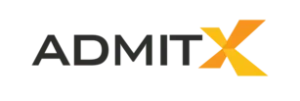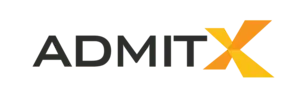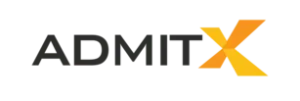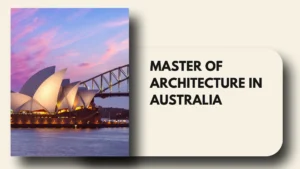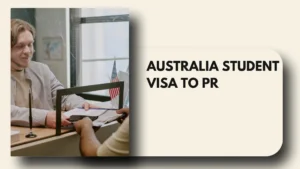- Global universities use SAT exam results for admissions decisions, financial aid packages, and scholarship awards to qualified applicants.
- The SAT registration fee for Indian students is $130.98 USD (approximately ₹11,614).
- Most universities worldwide accept SAT scores from the last five years for undergraduate admissions.

The full form of the SAT Exam is Scholastic Assessment Test. The College Board conducts the SAT that evaluates students based on the knowledge and skills acquired in high school, which can help them succeed in college. Scores obtained from the test can be used for placement, financial aid, and scholarships.
The blog highlights the exam pattern, eligibility and validity of the SAT exam. It also underscores the format, types of questions and preparation tips.
Why the SAT?
The SAT Exam is conducted by the college board for students who are aiming to study in foreign universities. The exam paves the way for students to pursue bachelor’s courses like aerospace engineering, graphic designing, construction engineering, and chemical & bioengineering.
The countries accepting it are the USA, the UK, Canada, Australia, New Zealand, and Singapore.
SAT Exam Syllabus and Pattern
The SAT exam consists of 98 questions in the form of MCQ. The SAT syllabus comprises evidence-based reading, writing, and mathematics. The table below highlights the pattern of the SAT exam.
| Key Features | Highlights |
|---|---|
| Conducting Body | College Board |
| Duration | 134 minutes |
| Total number of Questions | 98 |
| Scoring | 1600 |
| Sections | 2 (Reading & Writing, Mathematics) |
| Mode | Online |
| Negative Marking | No |
SAT Exam Format
The SAT exam syllabus is divided into 2 significant sections: reading & writing, and mathematics. The first is evidence-based reading and writing, followed by the mathematics section. The exam is 134 minutes long and includes 98 questions. The total mark or maximum score on the SAT exam is 1600.
| Sections | Time Limit/Duration | Questions | Scoring |
|---|---|---|---|
| Evidence-based Reading & Writing | 64 minutes | 54 | 800 |
| Mathematics | 70 minutes | 44 | 800 |
| Total | 134 minutes | 98 | 1600 |
Evidence-based Reading & Writing
In this section, students have 64 minutes to answer the given questions that measure their reading and writing skills. The section includes expressing ideas, structuring them, and crafting them.
- Craft & Structure: Measures the comprehension, vocabulary, synthesis, analysis, & knowledge needed to understand & use high-utility words and phrases in context.
- Information & Ideas: This section measures comprehension, analysis, and reasoning skills. It also analyses the ability to locate, interpret, evaluate, and integrate information and ideas from the text and informational graphics.
- Standard English Conventions: Measures the ability to edit text to conform to core conventions of Standard English sentence structure, usage & punctuation.
- Expression of Ideas: Measures the ability to revise texts to improve the effectiveness of written expression & to meet specific rhetorical goals.
This section includes craft and structure, information and ideas, and expression of ideas. The table listed below highlights the syllabus, number of questions, etc.
| Types of Questions | Number of questions | Syllabus |
|---|---|---|
| Craft & Structure | 13-15 | Comprehension, Vocabulary, Synthesis, Analysis & Understanding high-utility words. |
| Information & Ideas | 12-14 | Comprehension, Analysis, & Reasoning |
| Standard English Conventions | 11-15 | Edit, Punctuation |
| Expression of Ideas | 8-12 | Understanding rhetorical goals |
Mathematics
The mathematics section is the last section of the test that measures the analytical & problem-solving skills of the students. The section is divided into 2 modules.
- Algebra: Questions from linear equations in 1-2 variables, linear inequalities, etc.
- Advanced Mathematics: Questions on non-linear equations in 1 variable, systems of equations in 2 variables, non-linear functions, equivalent expressions, etc.
- Problem-Solving & Data Analysis: Questions on ratio, rates, percentages, probability & conditional probability, etc.
- Geometry & Trigonometry: Areas & volumes, lines, angles & triangles, circles, etc.
The table highlights the maths syllabus for the SAT exam, including algebra, advanced mathematics, problem-solving & data analysis, geometry & trigonometry.
| Types of Questions | Number of Questions | Syllabus |
|---|---|---|
| Algebra | 13-15 | 1-2 Variables, linear inequalities |
| Advanced Maths | 13-15 | Non-linear equations in 1 variable, non-linear functions, equivalent expressions |
| Problem-Solving & Data Analysis | 5-7 | Ratio, rates, percentages, probability & conditional probability |
| Geometry & Trigonometry | 5-7 | Areas & volumes, lines, angles & triangles, circles |
SAT Exam Eligibility
There are no specific eligibility requirements. Students of any age can take the SAT, though it’s typically taken by high school juniors and seniors (11th and 12th grade students).
SAT Exam Score Chart & Percentile
Students can better understand the score & percentile marks through the table given below:
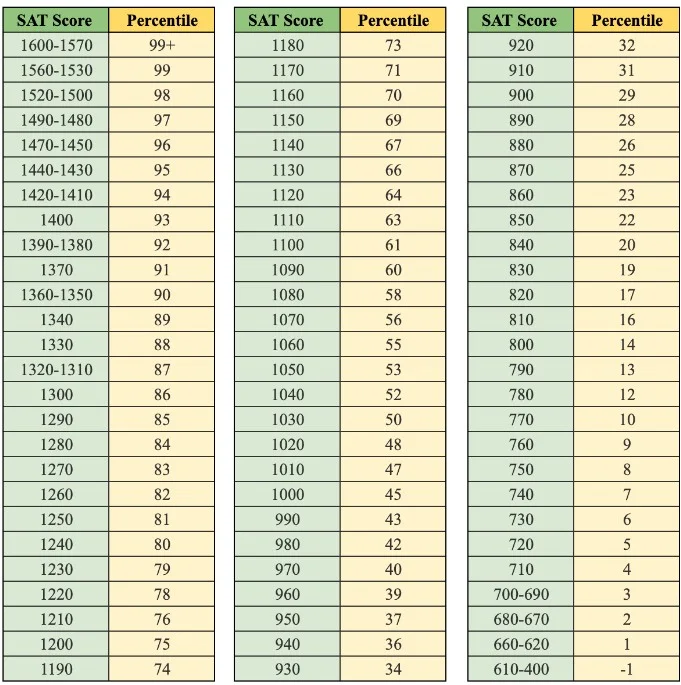
SAT Exam Validity
SAT scores do not technically expire, but most universities and colleges accept scores from the past 5 years only. Some highly competitive institutions may only accept scores from the past 2 years.
SAT Exam 2025-26: Fess & How to Register
The SAT exam registration fee for Indian students is $130.98 USD (₹11,614). The steps to register for the exam are listed below:
- Log in to the College Board’s Website.
- Click on the “Sign In” option.
- Fill out your personal details.
- After all the details are filled in, students can pick up their test dates & centre of the examination.
- The nearest SAT exam centre can be found depending on the choices of the city.
- The last and most important part of the registration is fee submission. Students must submit their fees to secure their examination centre & date.
SAT Exam Dates & Deadlines
| SAT Test Date | Registration Deadline |
|---|---|
| Aug 23, 2025 | Aug 8, 2025 |
| Sept 13, 2025 | Aug 29, 2025 |
| Oct 4, 2025 | Sept 19, 2025 |
| Nov 8, 2025 | Oct 24, 2025 |
| Dec 6, 2025 | Nov 21, 2025 |
| Mar 14, 2026 | Feb 27, 2026 |
| May 2, 2026 | Apr 17, 2026 |
| June 6, 2026 | May 22, 2026 |
SAT Exam Practice Materials
The College Board offers plenty of sample questions and practice tests to help you get used to the SAT format and question types. The SAT Exam Practice Material allows students to improve their scores & increase their chances of admission.
Preparing for the SAT Exam
Exceeding on the SAT requires a well-organised study plan with various strategies. Hence, one should start early and use the right resources to enhance performance significantly. Here are some effective methods to help you prepare and ace your SAT exam.
- Start Early: Begin your studies several months before the test date to ensure you have enough time to cover all the material and avoid last-minute cramming.
- Identify Strengths and Weaknesses: Take a diagnostic test to determine your strong and weak areas, allowing you to focus your study efforts where they are most needed.
- Targeted Practice: Concentrate on improving your weak areas. Practise all preparation books, online courses, or tutors to address specific challenges.
- Build Vocabulary: Improve your vocabulary for the Reading and Writing sections by reading challenging texts, using flashcards, and incorporating new words into your daily language.
- Sharpen Writing Skills: Practice writing essays in the SAT format. Also, develop clear thesis statements, use strong evidence, and keep your writing concise. Take regular feedback from your mentors.
Conclusion
The SAT’s standardised framework (systematic sections, transparent scoring, and accessible retakes) provides equitable evaluation for aspiring international scholars. Comprehending its methodology removes guesswork and cultivates confident execution.
As study abroad consultants, we’ve guided thousands of students through SAT preparation and university admissions. The most successful candidates don’t just memorise formulas; they develop time management strategies, master question patterns, and build test-taking stamina.
From SAT prep to settling abroad — AdmitX supports your entire study journey.
We guide students through every step, including university shortlisting, essay editing, scholarship search, visa interview prep, and finding accommodation in their destination country.
- University Selection Guidance
- SOP Review
- Study-Abroad Document Templates
- Free IELTS Bootcamp Course
- Scholarship Assistance
- Visa Support Services
Book your FREE study-abroad counselling session today!
FAQs
How can I decide whether to take the SAT or the ACT?
Think about your strengths and which subjects you enjoy the most. Also, check what the colleges you’re interested in require. Also, take mock tests for both, as they can help you determine which test suits you better.
How can I sign up for the SAT exam?
You can register online on the College Board website. You must make an account, pick your test date and place, and pay the fee. If you are eligible, you can get a fee waiver. Sign up early to get the date and place you want.
What do I need to bring to the SAT centre?
Bring a photo ID, your admission ticket, No. 2 pencils, and an approved calculator on test day. To avoid problems during the test, leave your phone and other banned items at home or in your car.
Can the SAT exam be given online?
Yes, the SAT Exam is also available online to provide admission to international students.
How much does it cost to register for the SAT exam internationally?
Indian students are required to pay an SAT registration fee of $130.98 USD, which amounts to approximately ₹11,614.
What is the total duration of the SAT exam?
The SAT exam is 134 minutes long, consisting of two sections: Reading & Writing (64 minutes) and Mathematics (70 minutes).
Is there negative marking in the SAT exam?
No, the SAT exam does not have negative marking, meaning you won’t lose points for incorrect answers.
Can I take the SAT exam more than once to improve my score?
Yes, you can take the SAT exam as many times as you wish.
Are calculators permitted during the SAT mathematics section?
Yes, calculators are permitted throughout the entire mathematics section of the digital SAT, though all questions are designed to be solvable without one.
Is the SAT exam offered in a paper-based format anywhere in the world?
No, the SAT transitioned to a fully digital format globally in 2024, with no paper-based options currently available at any testing centre.
If you are an aspirant looking to study at your dream university, book an appointment with AdmitX today and start your applications early to avail yourself of all the benefits.
